There’s plenty of smoke in the air — and not just from Canada’s raging wildfires. Indeed, the past month was witness to a steady cadence of rocket launches and rocket tests, all spewing out excitement and hope. At the same time, probes already working in space beamed back evidence of their important work.
Humankind’s expanding reach into space was on full display over the past 30 days, as these incredible new images attest.
Rising to the challenge

United Launch Alliance finally managed to launch a rocket in 2023, with the company’s Delta 4-Heavy taking flight on June 22. Departing Cape Canaveral at 5:18 a.m. ET, the 71.63 m-tall (72 meters) rocket provided no shortage of spectacular visuals, as it delivered a classified payload for the U.S. National Reconnaissance Office (the government’s spy satellite agency).
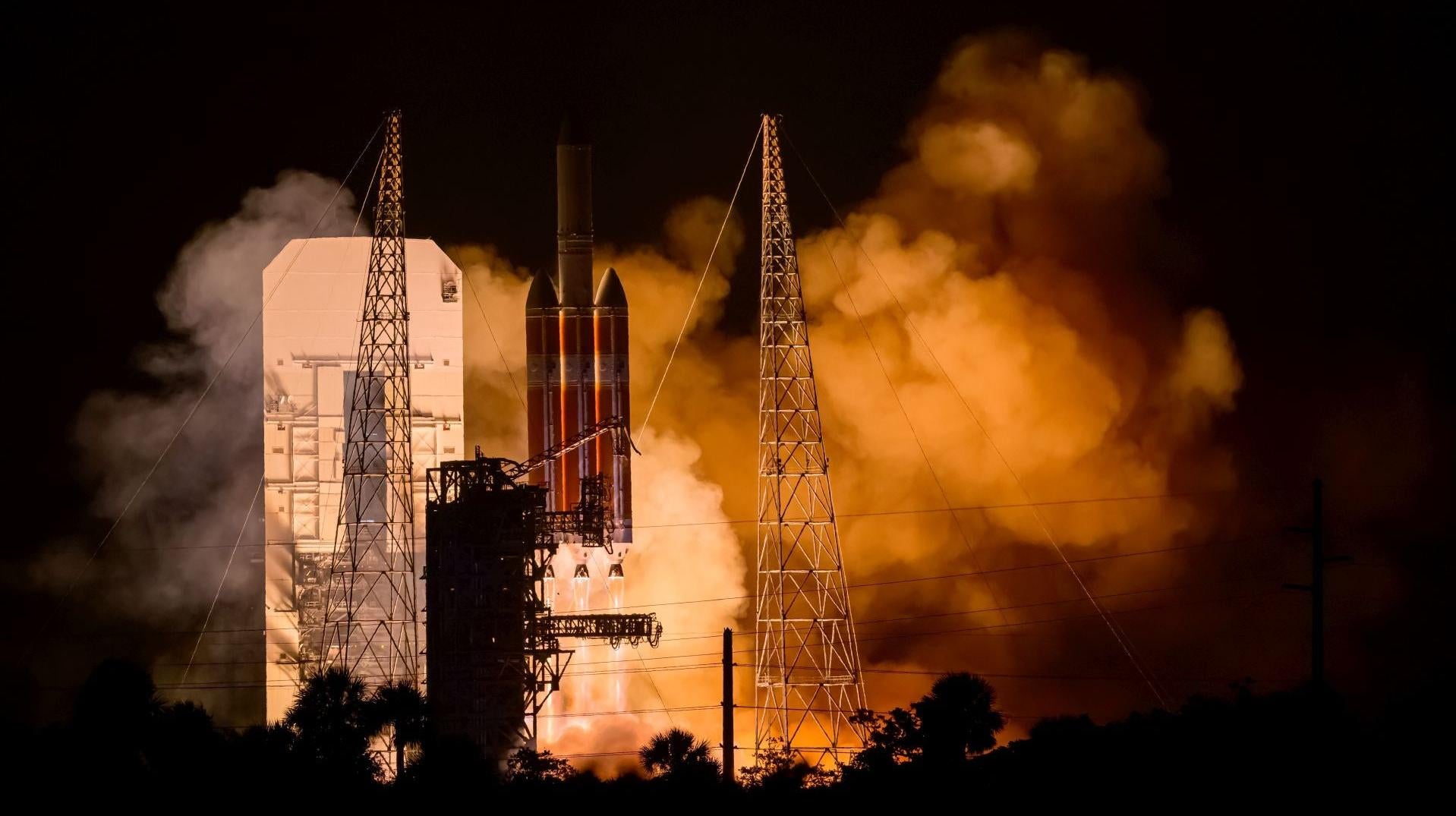
The launch marked the penultimate flight of the giant rocket, which is scheduled for retirement.
Mars never looked more delicious
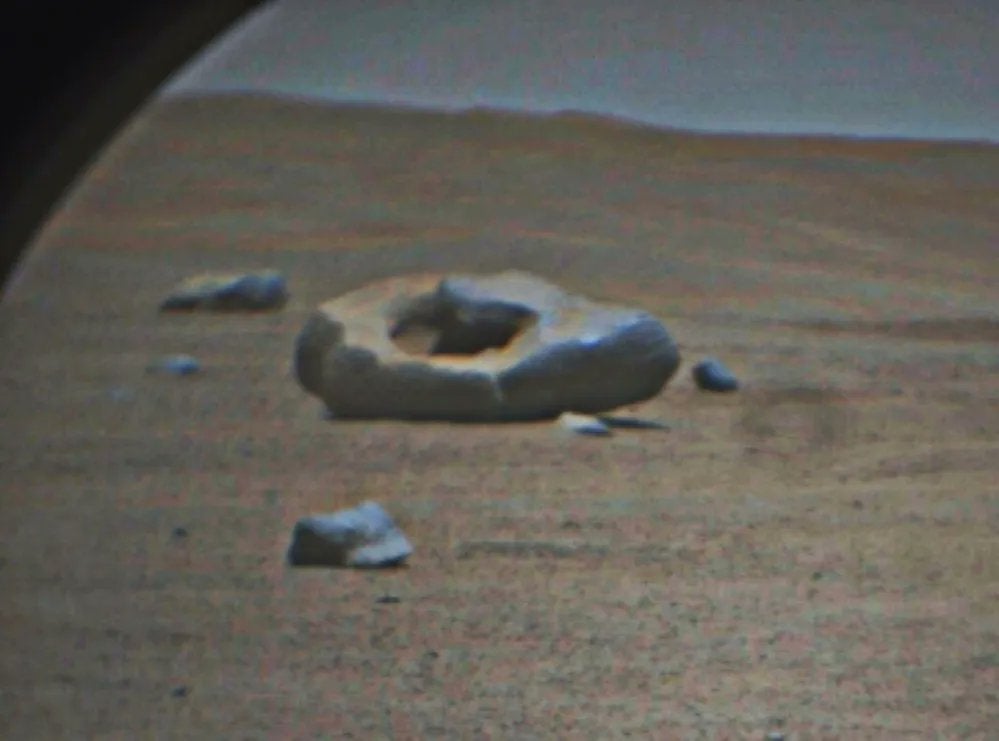
NASA’s Perseverance rover captured this image of a very doughnut-like rock on Mars. It’s most likely a meteorite, with the surrounding fragments having originated from the doughnut hole, so to speak.
Mars in real-time
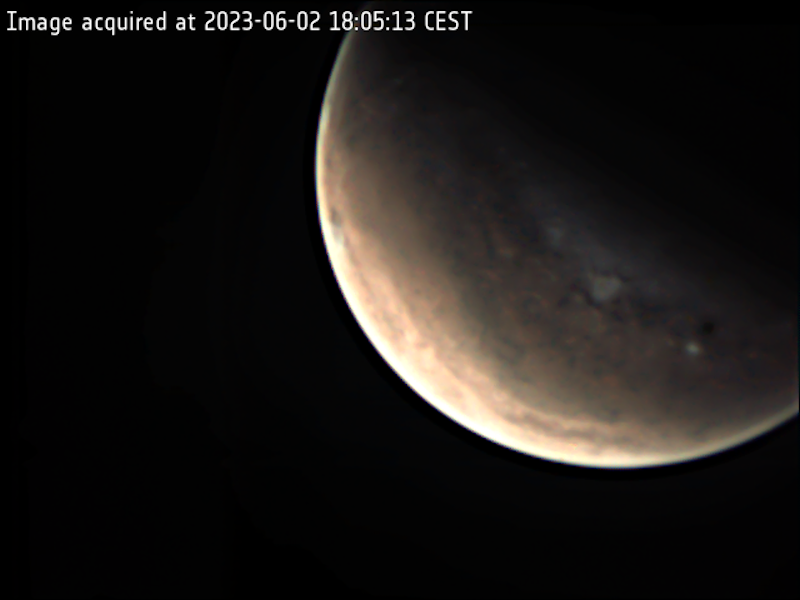
History was made on June 2, when the European Space Agency’s Mars Express beamed down a live feed of images taken of the Red Planet. This had never been done before, as it typically takes hours, and sometimes days, for images to reach Earth due to technological limitations.
Falcon in the sky with shock diamonds
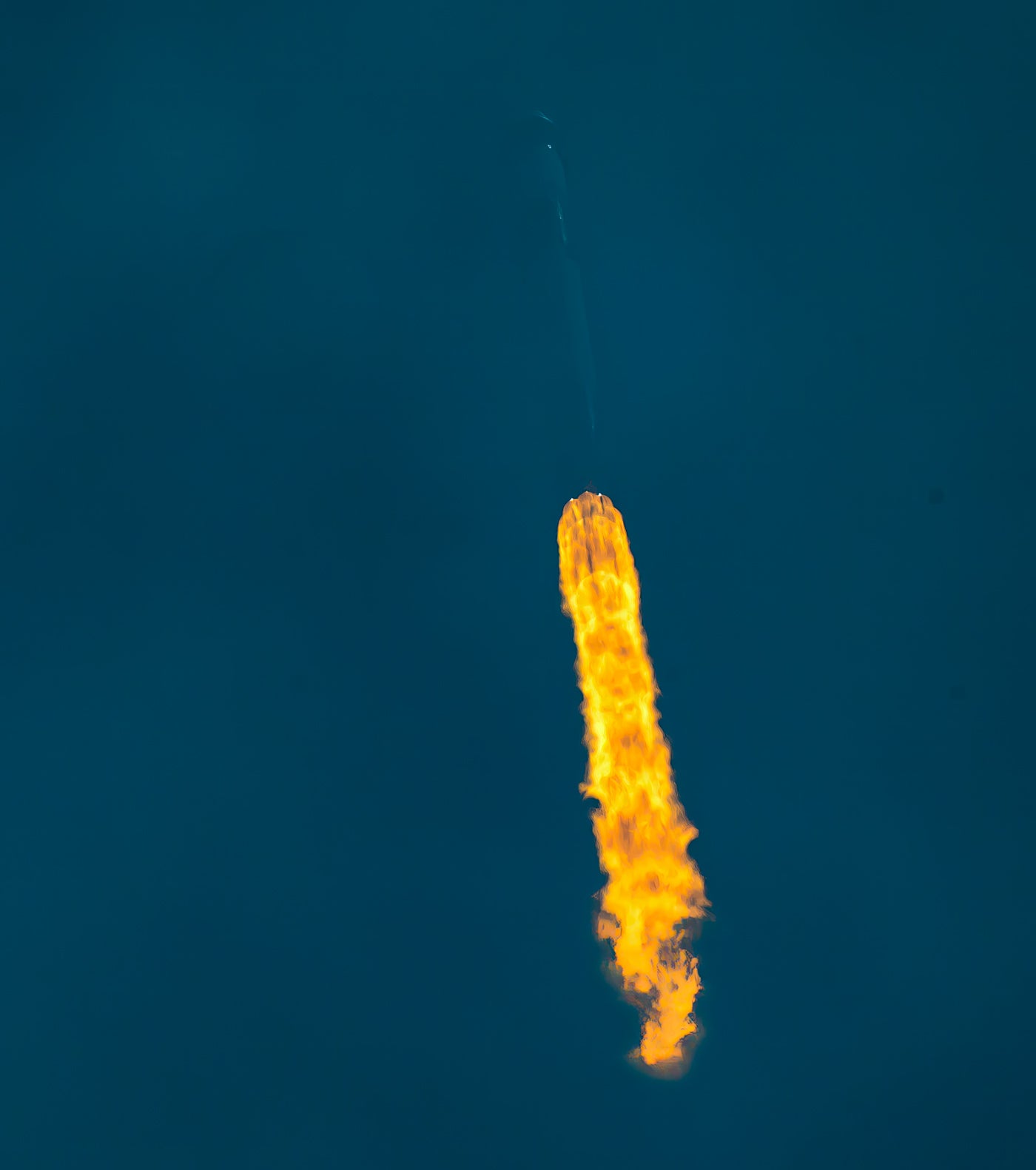
Photographer John Briggs captured this stunning photo of a Falcon 9 rocket launching from Florida’s Cape Canaveral on June 5. “You can barely see the rocket in the clouds, but the clouds acted like a filter resulting in a high-detail image of the flames,” Briggs told Gizmodo. “The circles are referred to as shock diamonds — I’ve never seen this in a photo before.” You can learn more about shock diamonds here.
Starship Static fire is alright
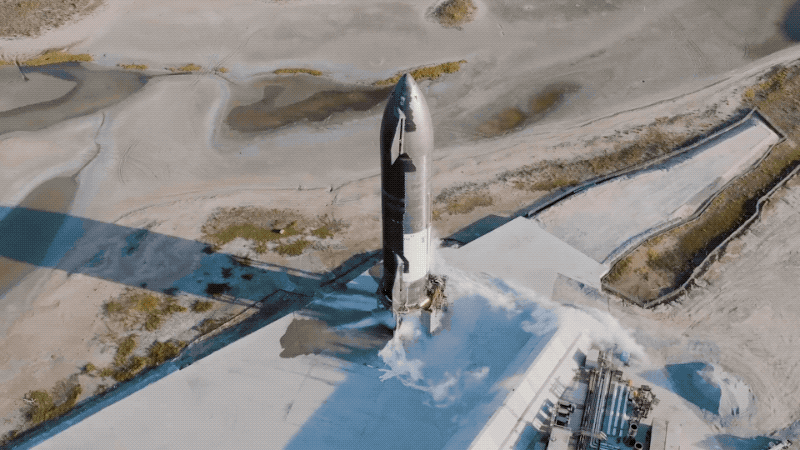
SpaceX is currently preparing for the second test flight of its Starship megarocket. On June 26, the company ignited all six Raptor engines on the Starship 25 upper-stage prototype, which is currently undergoing tests in Boca Chica, Texas.
Maven’s marvellous views of Mars
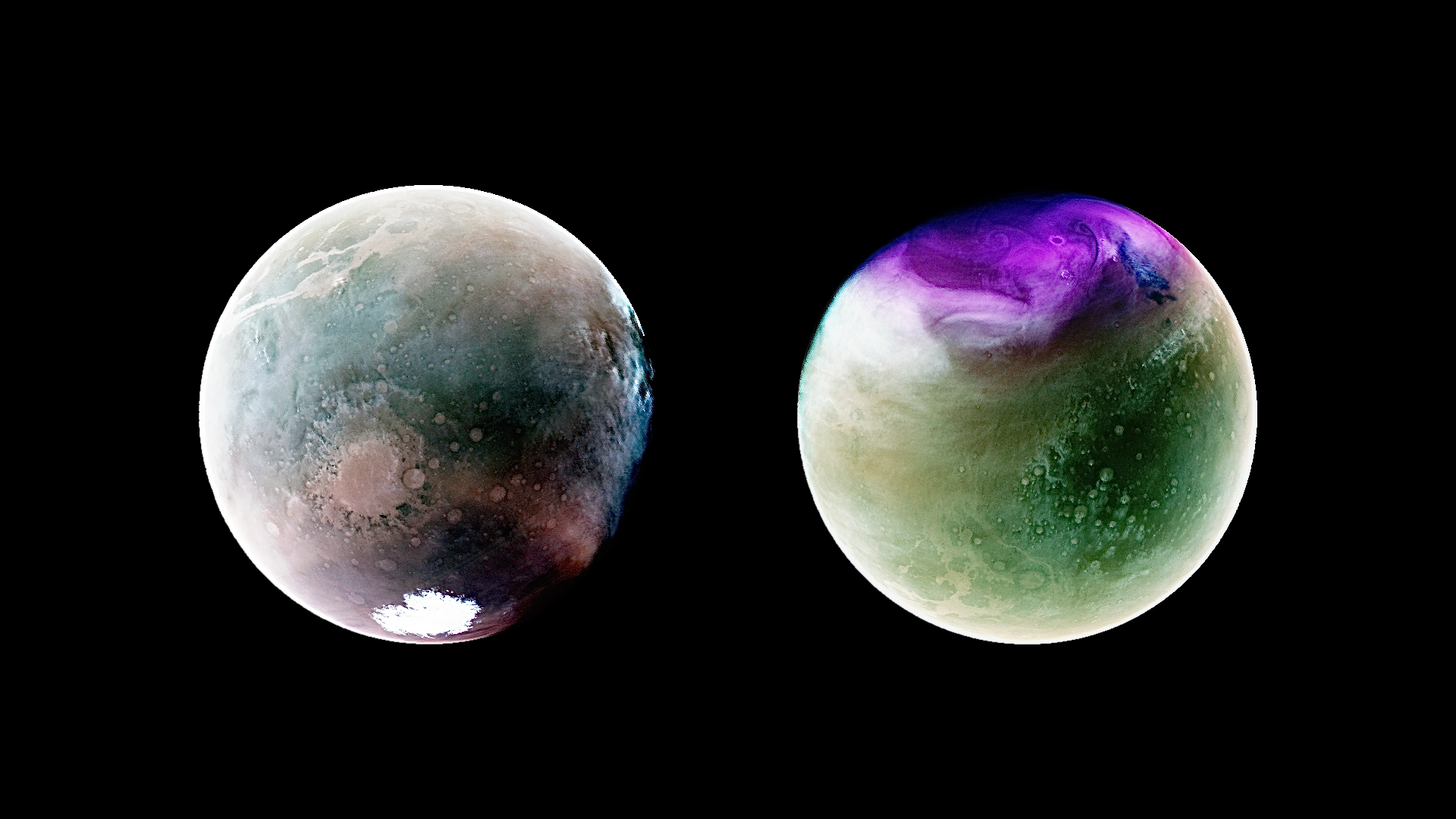
NASA’s Martian explorer, MAVEN, captured these ultraviolet views of Mars in July 2022 (left) and January 2023 (right), with the space agency finally releasing the two images in late June. The view on the left shows Mars’ southern hemisphere during its summer season, while the other shows the northern hemisphere in winter, showing a significant buildup of ozone (shown in violet and purple) up top.
A secret launch

On June 17, Rocket Lab’s Electron delivered its first suborbital testbed launch vehicle, called HASTE, for an unspecified customer. The launch took place at 9:24 E.T. from Rocket Lab’s Launch Complex 2 at Virginia’s Mid-Atlantic Regional Spaceport at NASA’s Wallops Flight Facility.
Mercury flyby
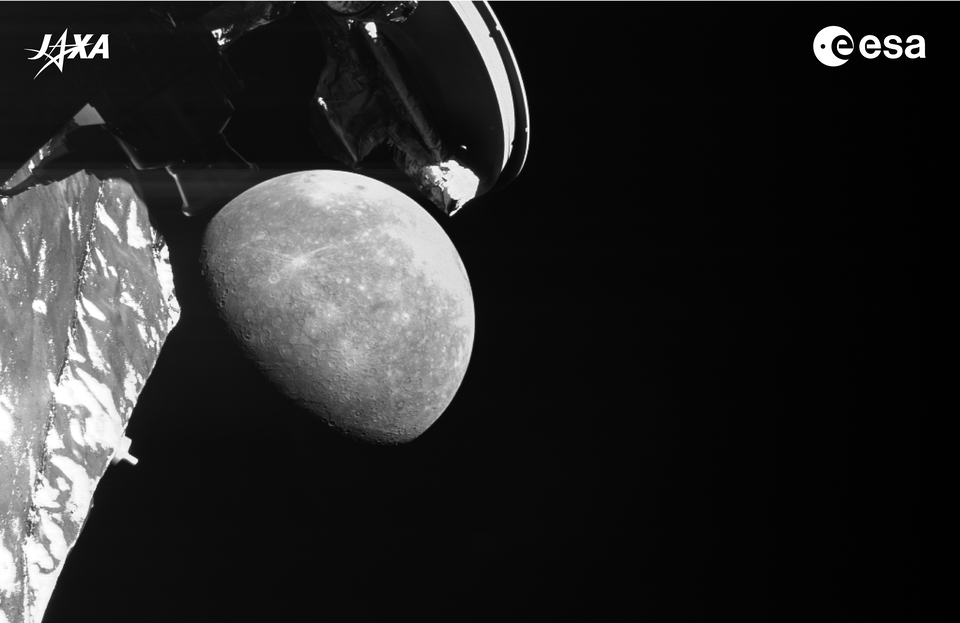
BepiColombo, a joint mission by the European Space Agency (ESA) and the Japan Aerospace Exploration Agency (JAXA), flew past Mercury on June 19, as it prepares to enter the planet’s orbit in 2025. The spacecraft was around 146 miles (236 kilometers) above the surface during its nearest approach, allowing it to capture detailed images of the planet’s heavily cratered surface. This was BepiColombo’s third flyby of Mercury, with the next one planned for September 2024.
Orion gets its heat shield
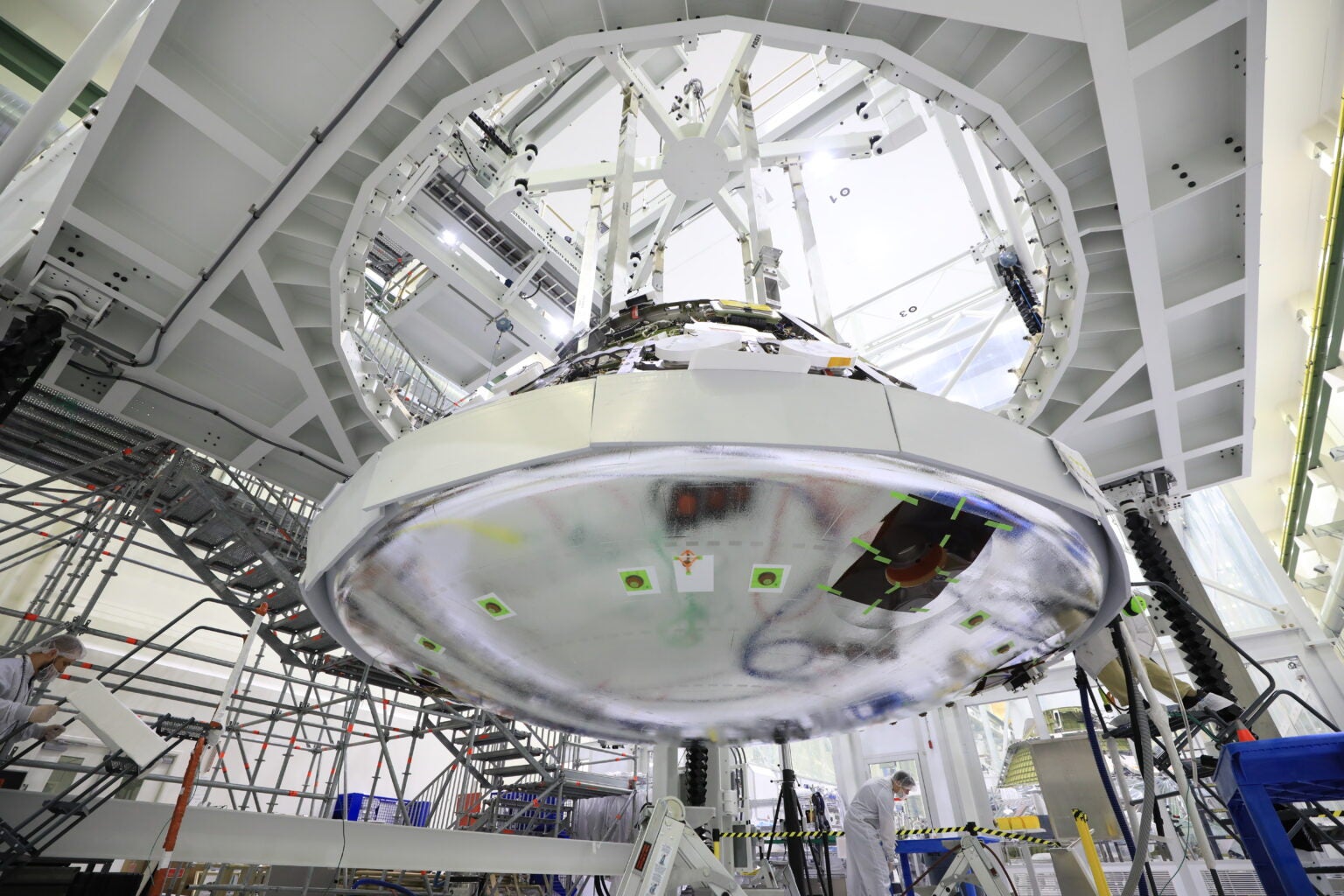
On June 25, engineers completed the installation of the heat shield for the Artemis 2 Orion spacecraft inside the Neil Armstrong Operations and Checkout Building at NASA’s Kennedy Space Centre in Florida. Artemis 2, powered by NASA’s gigantic Space Launch System (SLS) rocket, is expected to take off in late 2024.
Jupiter lightning
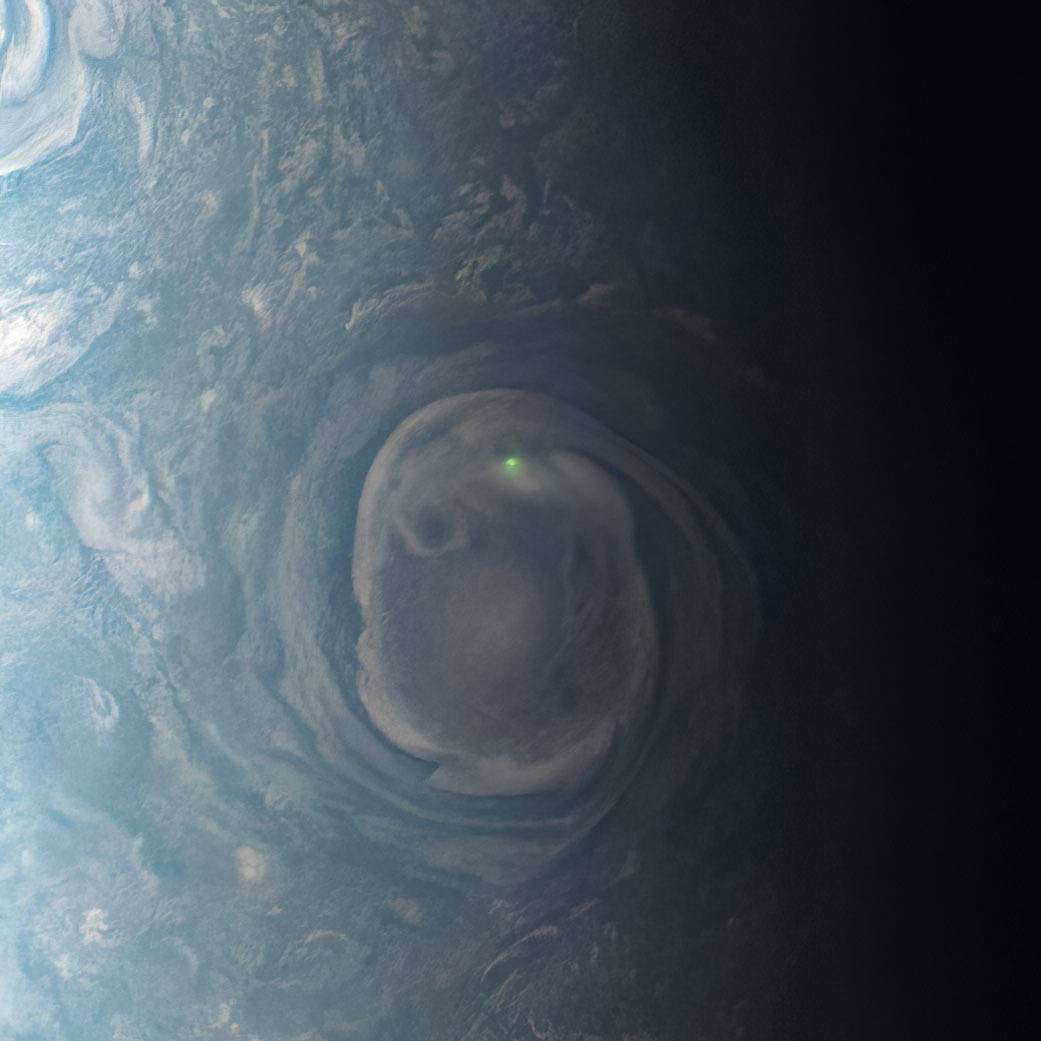
NASA’s Juno probe captured this lightning flash on Jupiter, which appeared on December 30, 2020, inside one of the gas giant’s many vortices. The space agency released the photo this past month after citizen scientist Kevin M. Gill processed the image from raw data gathered by the spacecraft.
Centaur’s engines roar to life

Last month, United Launch Alliance conducted the first static fire test of its upcoming Vulcan Centaur rocket, proving that rockets, even when going nowhere, are still exciting to watch. The test took place on June 7 at Space Launch Complex-41 at Cape Canaveral Space Force Station, Florida.
Riding atop Canadarm2
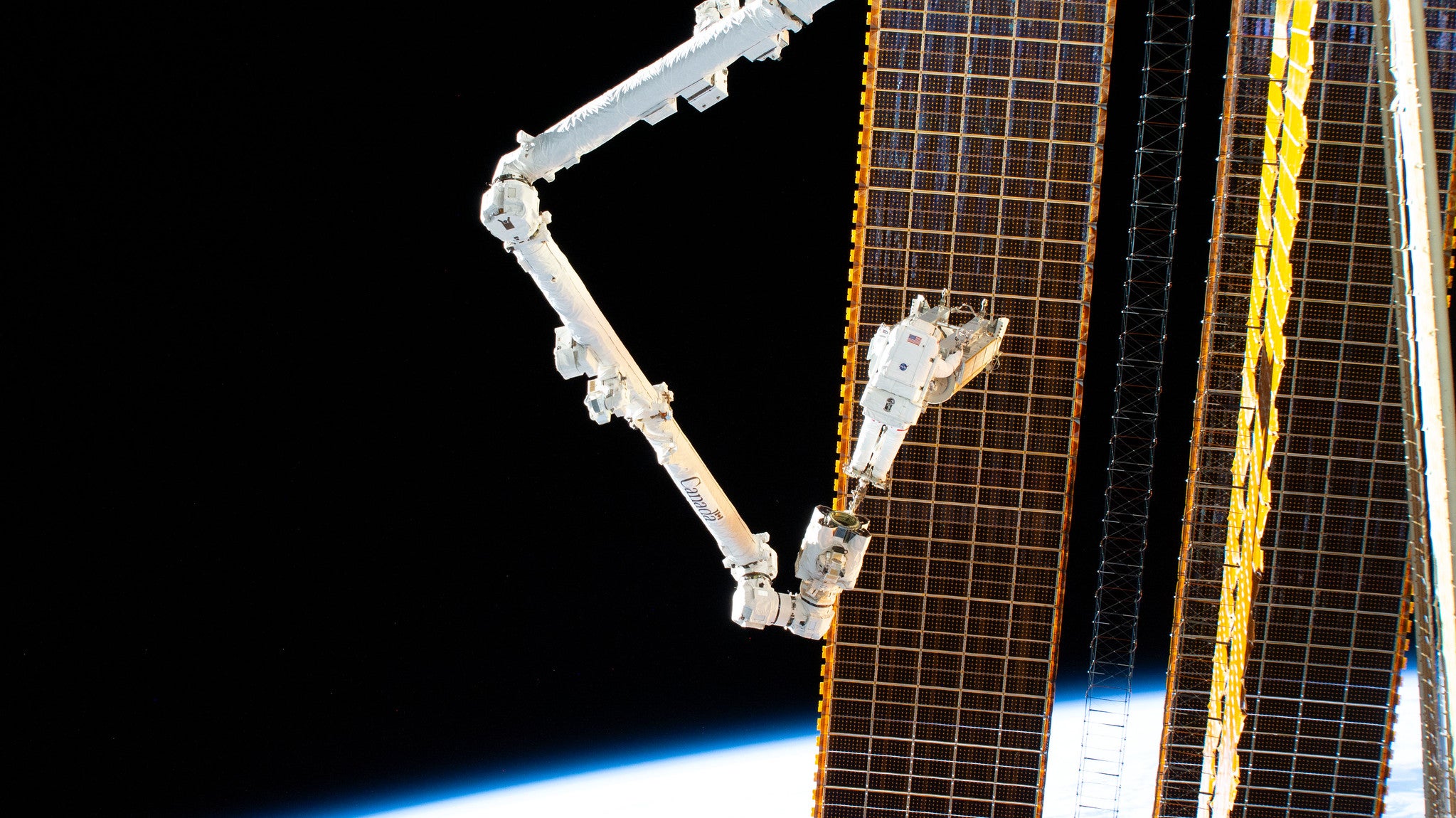
In this wild image, NASA astronaut Woody Hoburg is seen riding the Canadarm2 robotic arm during a spacewalk. At the time, Hoburg was carrying a roll-out solar array towards its designated installation point on the Starboard-6 truss structure of the International Space Station.
Postcard from Mars
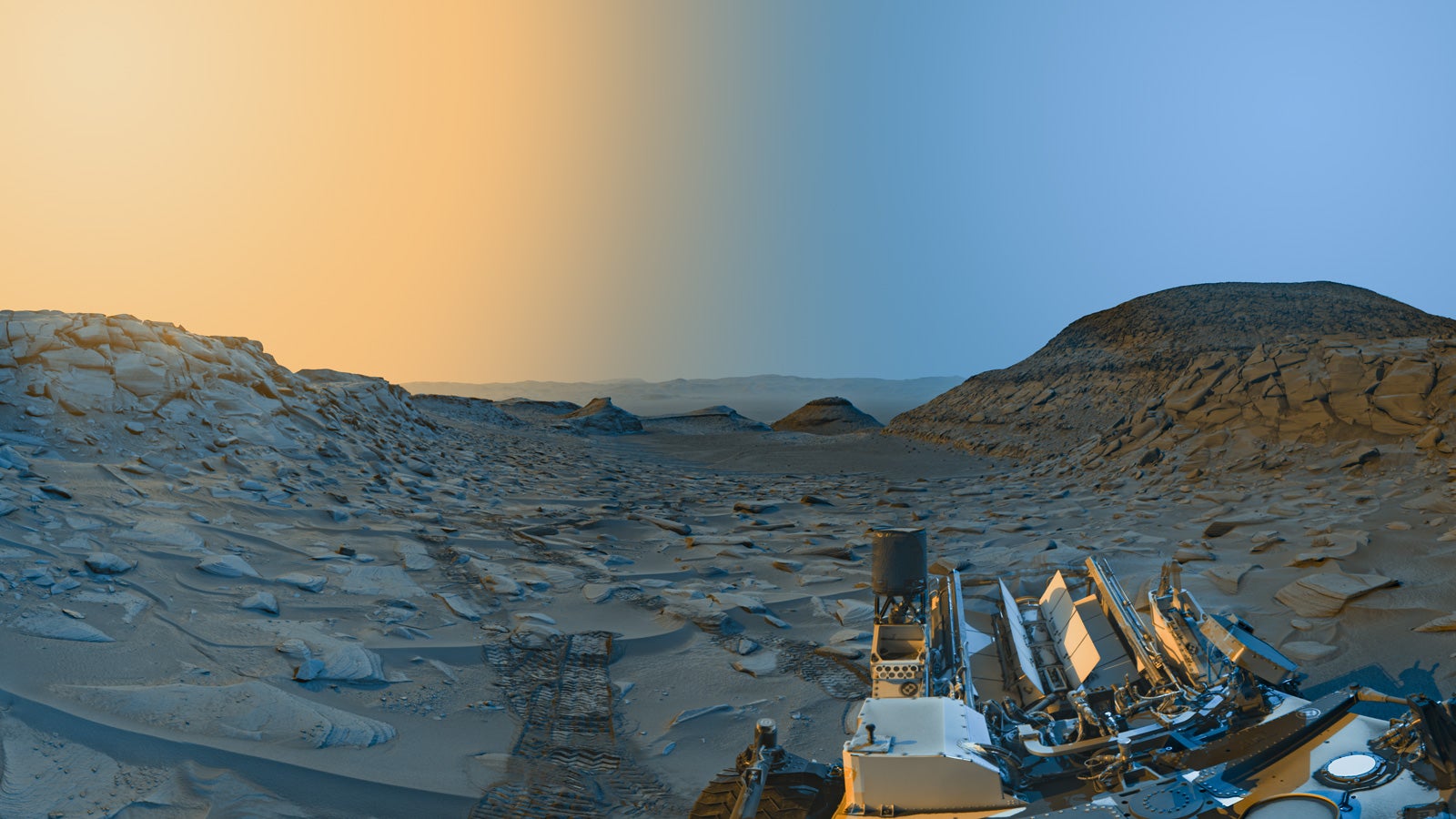
NASA’s Curiosity rover snapped this gorgeous view of the Martian terrain at Marker Band Valley, a feature in the foothills of Mount Sharp, a 5 km-high (4.8 kilometers) mountain in the Red Planet’s Gale Crater.
SpaceX’s 200th landing

During SpaceX’s Transporter-8 mission, which launched on June 12 from Vandenberg Space Force Base in California, the first stage Falcon 9 booster performed a flawless vertical landing — the company’s 200th landing of an orbital class rocket.
Virgin Galactic tourism gets off the ground
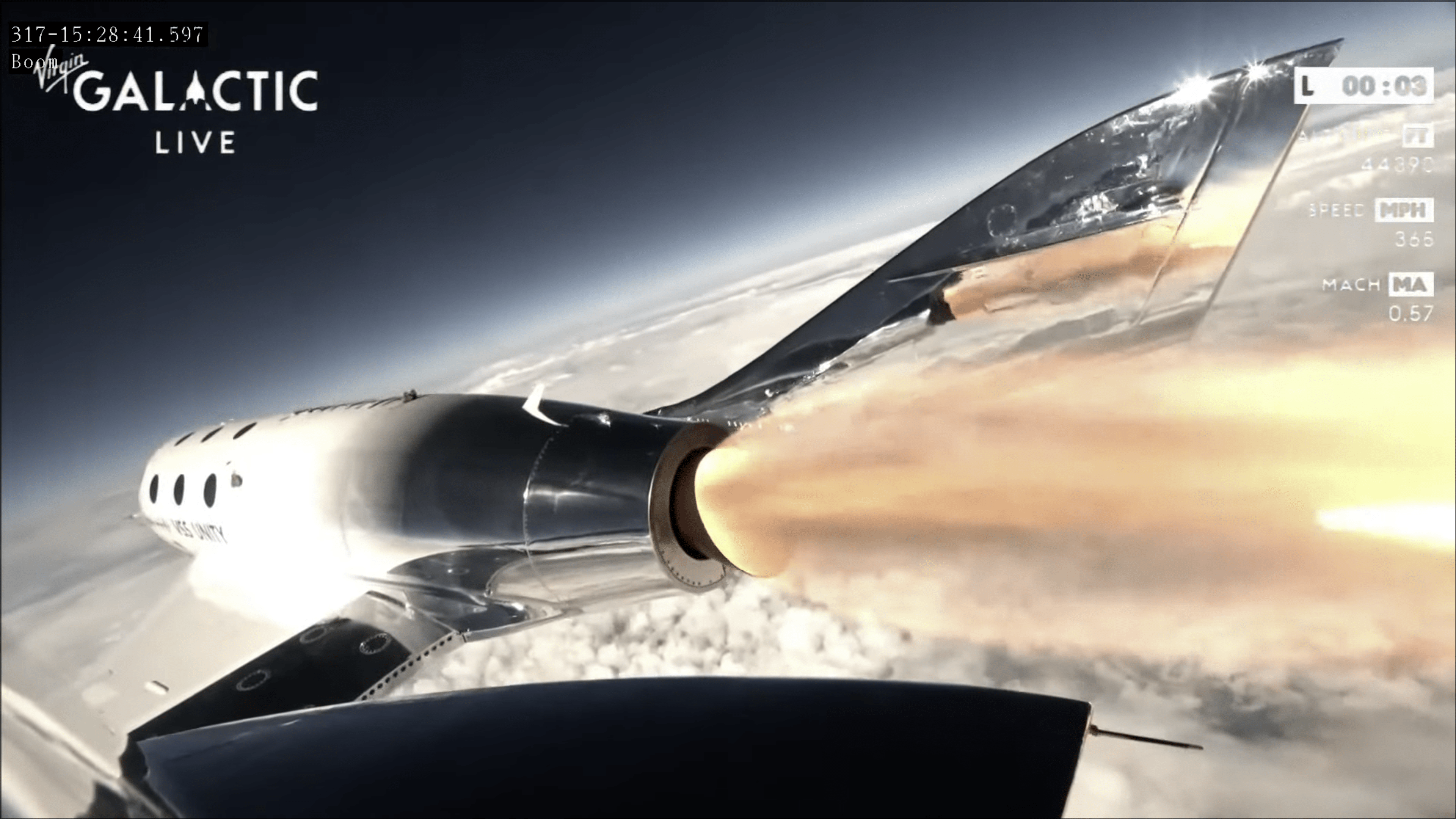
After years in development, Virgin Galactic’s space tourism venture officially kicked off on June 29, sending a crew of three, plus an instructor, to the edge of space. Called Galactic 01, the mission saw the company’s VSS Unity spaceplane reach a maximum altitude of 52.9 miles and reach a top speed of Mach 2.88.
New SLS engines

On June 22, NASA reached a significant milestone by successfully concluding an initial certification test series. These tests were designed to facilitate the production of new RS-25 engines, which will play a crucial role in powering NASA’s SLS rocket during upcoming Artemis missions to the Moon, with the new engines debuting during Artemis 4.
